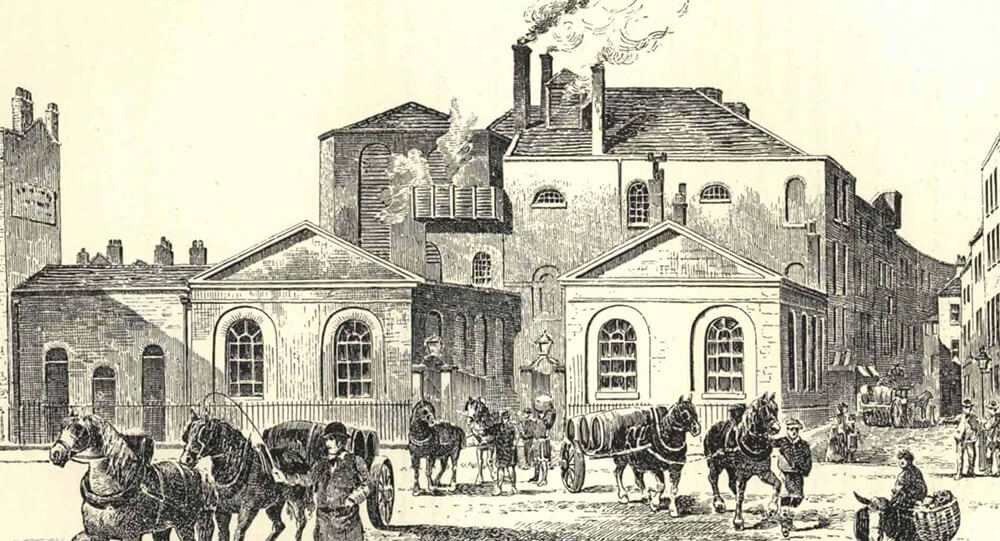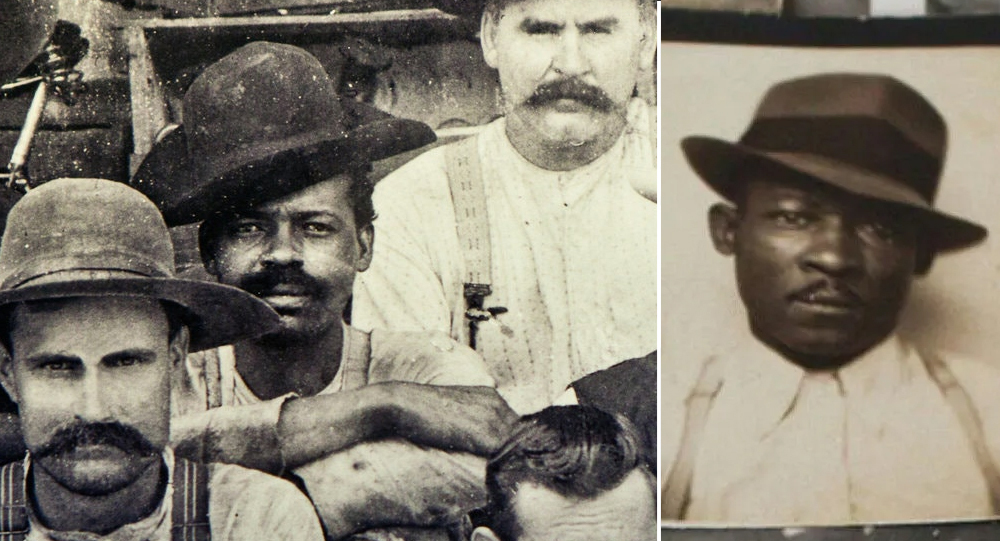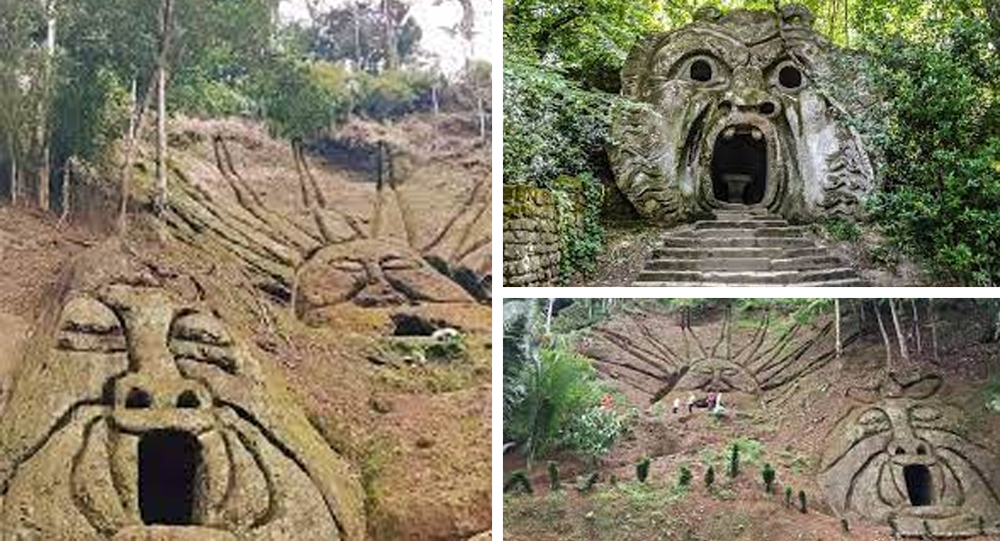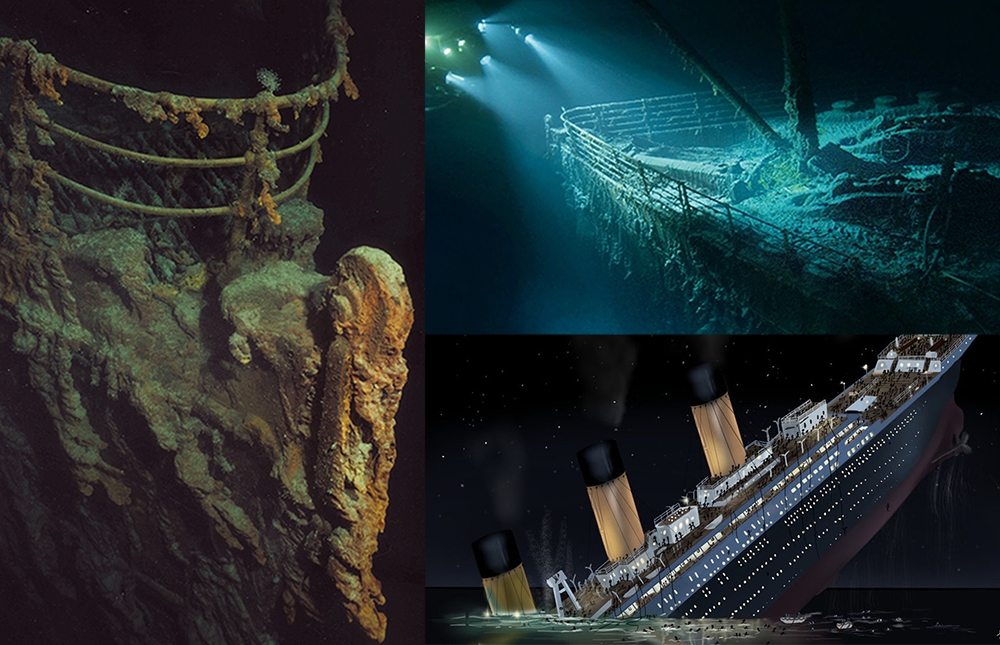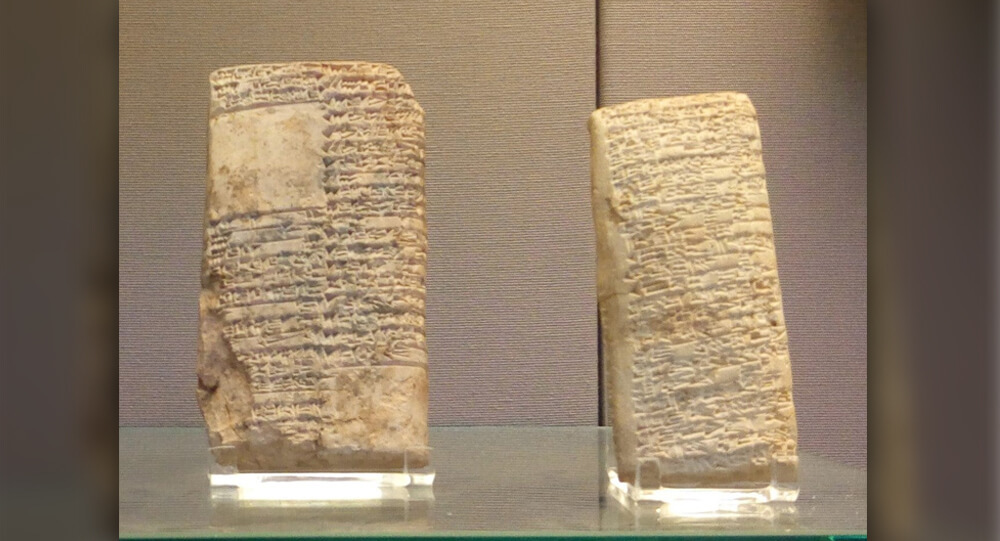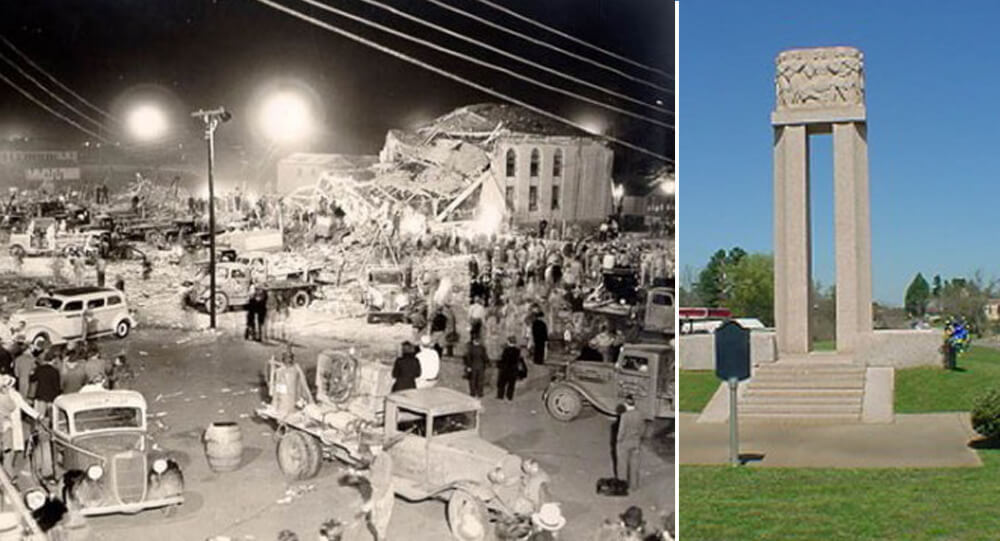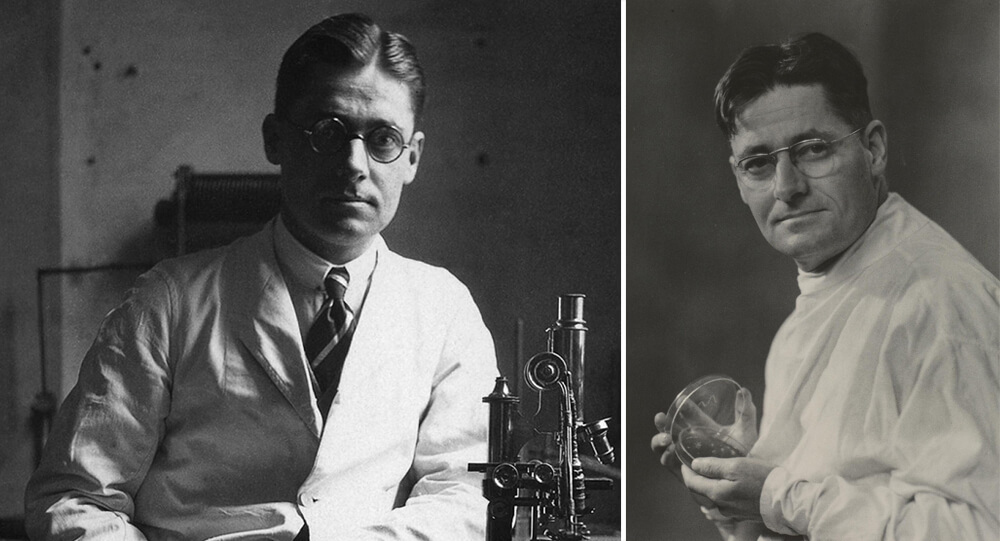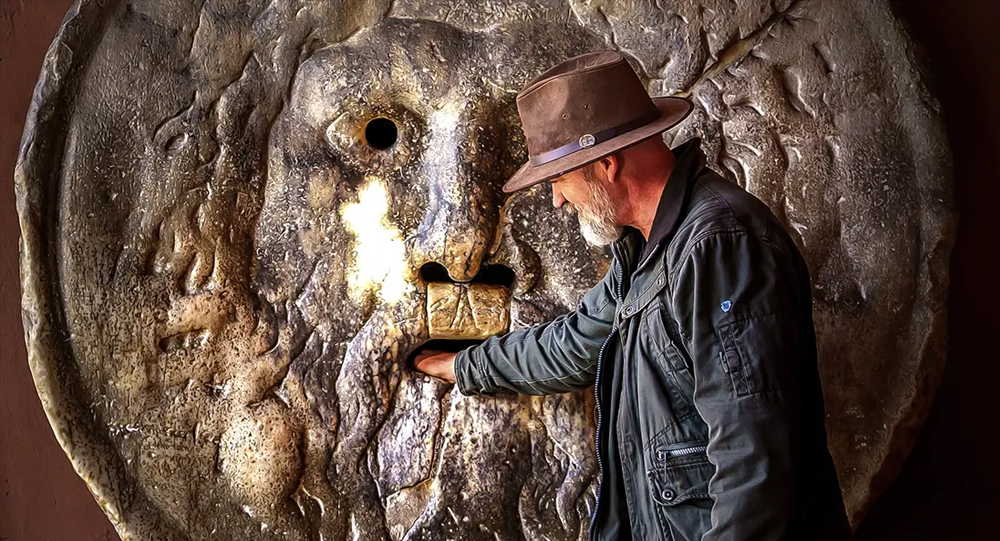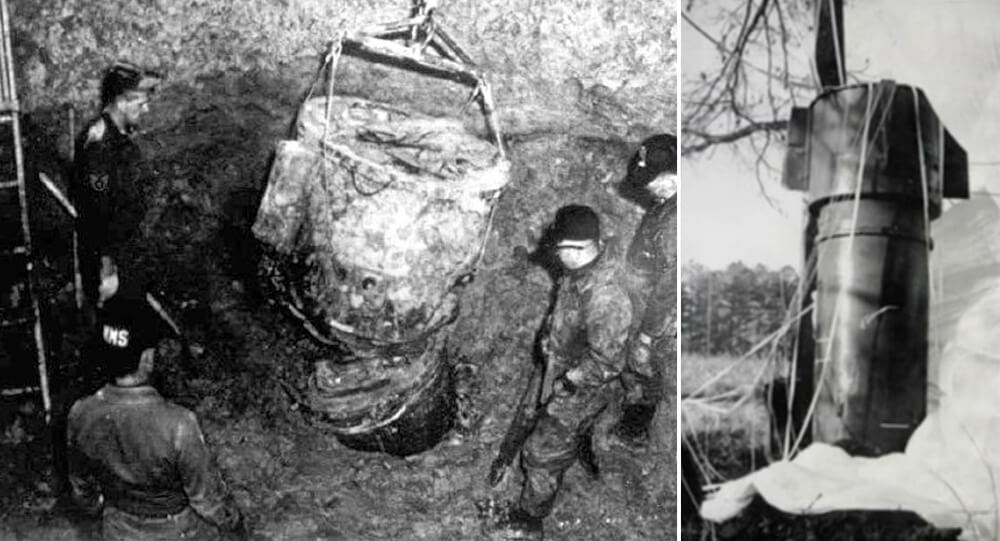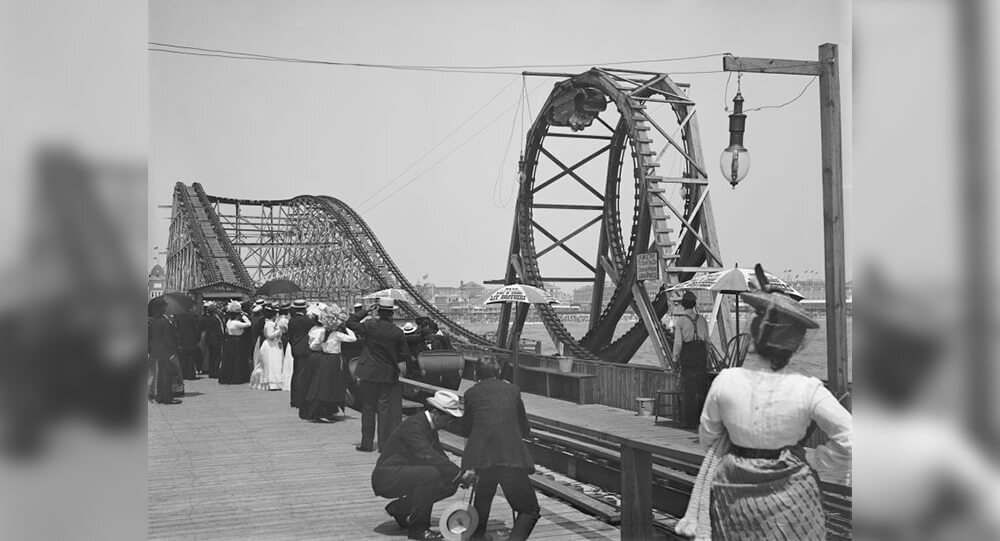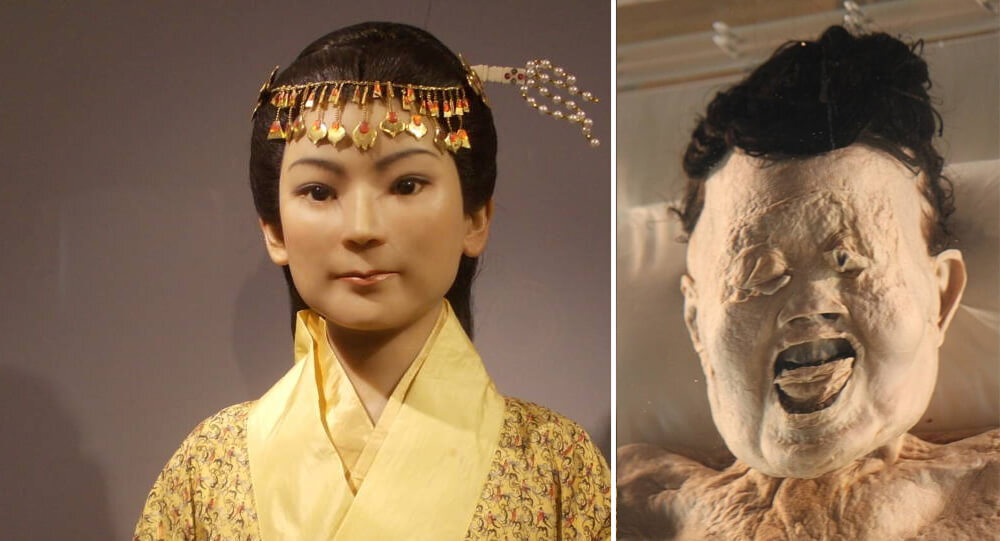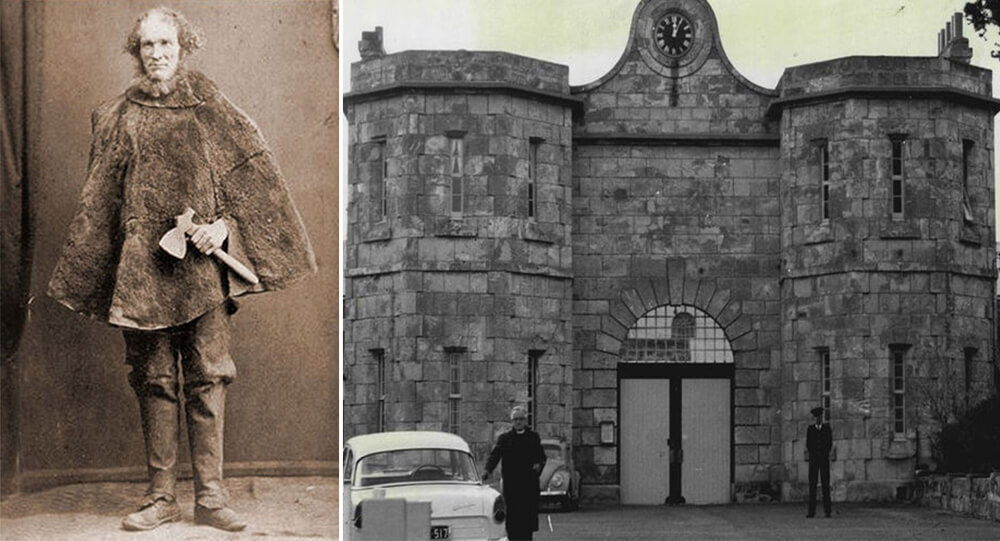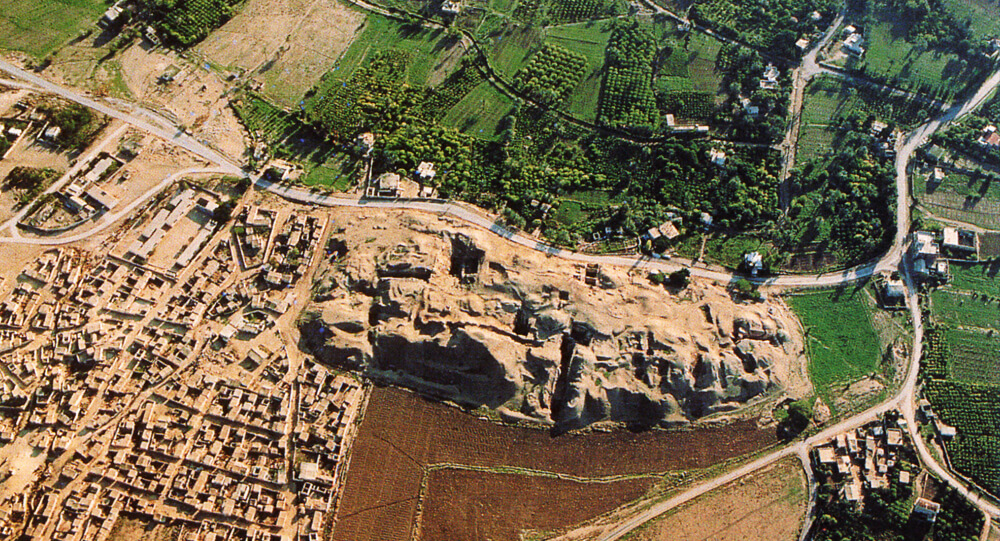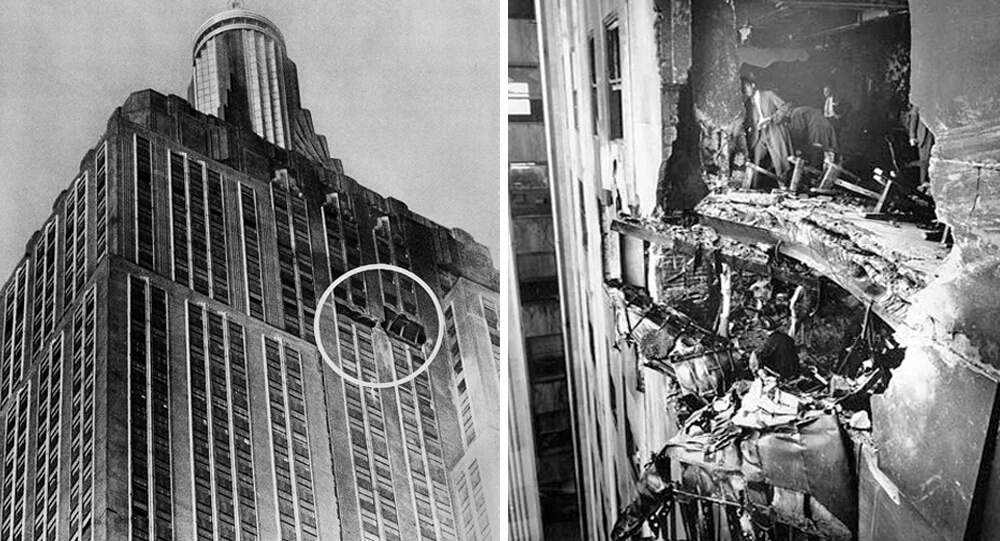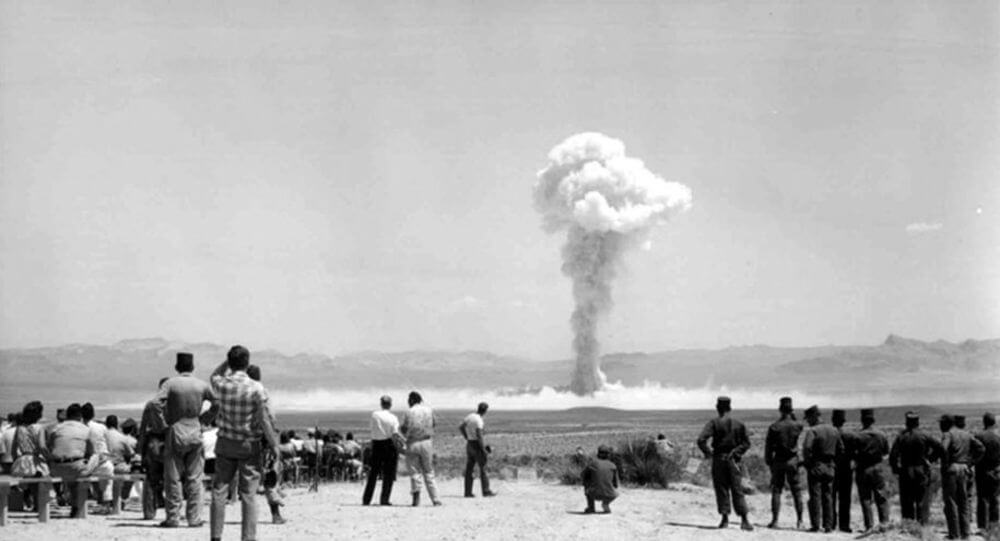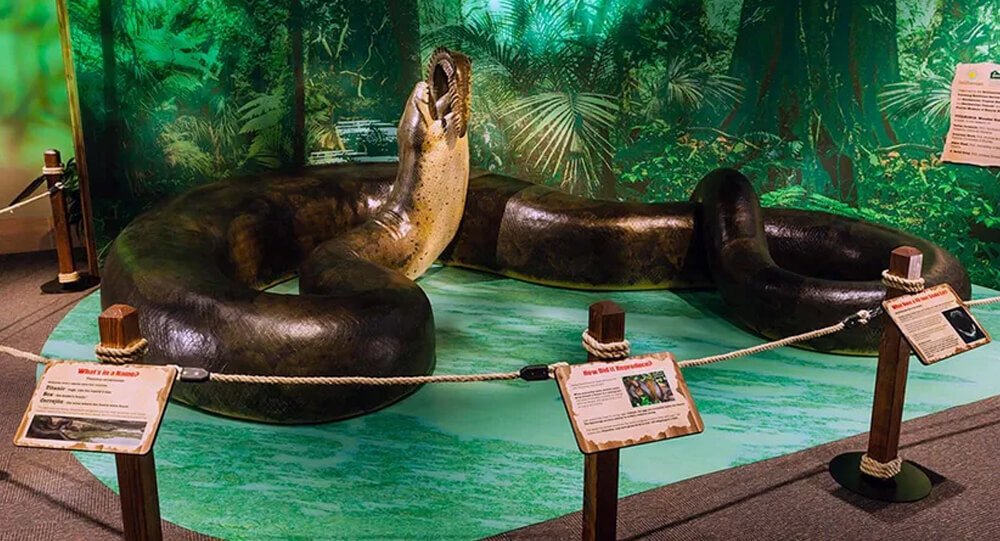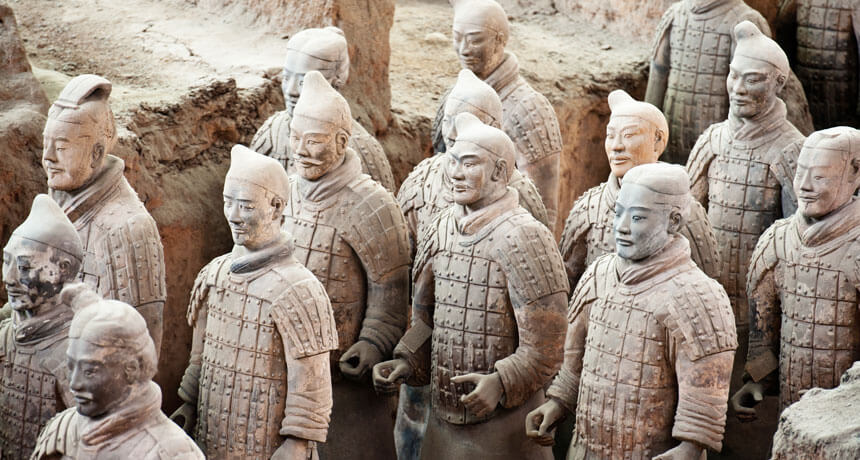

Top 10 Greatest and shocking Archaeological Discoveries of All Time
While we’re all locked at home, there’s no better way to escape to another time and place than to learn about amazing archeological sites and discoveries from around the world. Here are the 10 greatest and shocking archaeological discoveries —and don’t be shocked if they inspire future trip plans whenever it’s safe to do so again.
1. Pompeii
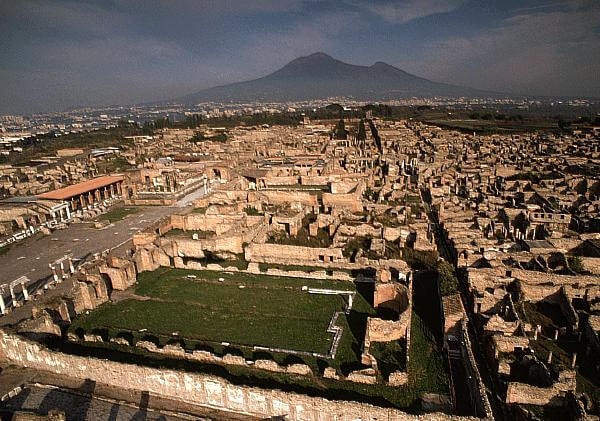
Pompeii, an ancient Roman city, was buried in ash and pumice during a cataclysmic volcanic eruption of Mt. Vesuvius in 79 AD. The explosion ruined the city and murdered its inhabitants, leaving behind a massive archaeological site and a treasure of Roman riches.
Because there is no air or moisture while buried under ash, structures, items, and cadavers have remained well-preserved for thousands of years. The simple existence of Pompeii is responsible for a considerable deal of our knowledge of everyday life in a Roman city.
Featured in 10 world’s most destructive and dangerous volcanic eruptions in history
2. Rosetta Stone
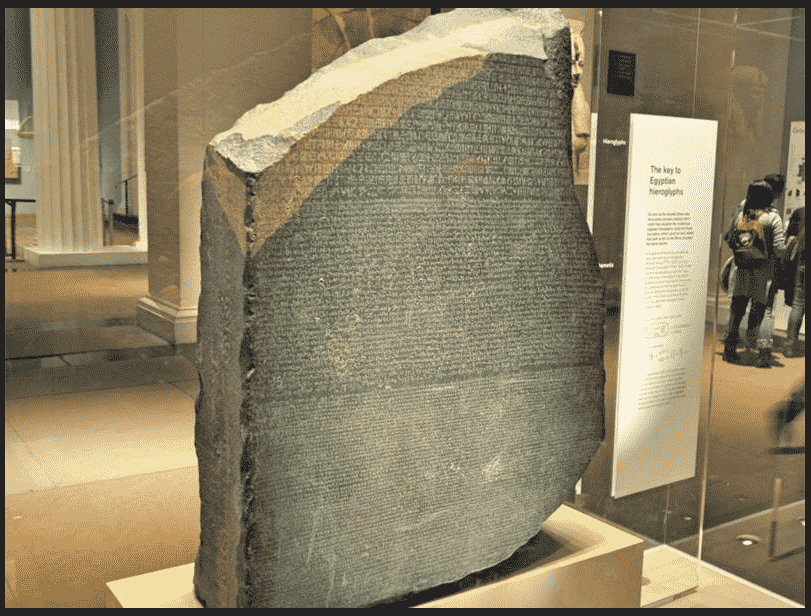
The Rosetta Stone, which dates from 196 BC, bears a writing from Ptolemaic King Ptolemy V in three languages: Ancient Egyptian hieroglyphs, Demotic script, and Ancient Greek.
It was the first Ancient Egyptian bilingual text discovered in contemporary times when it was discovered in 1799. The language had previously been impossible to read, and a multilingual find like this allowed us to start deciphering hieroglyphs. Thanks to the discovery of the Rosetta Stone, we can now translate practically any item using Ancient Egyptian hieroglyphs.
3. Terracotta Army
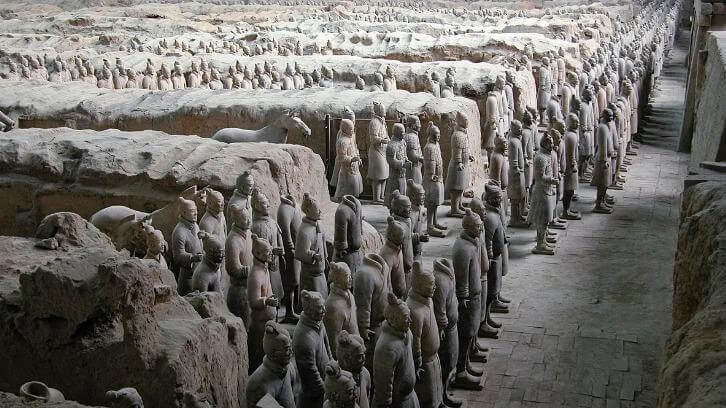
The Terracotta Army is a fascinating collection of terracotta figurines depicting the armies of Qin Shi Huang, China’s first emperor. It’s a piece of funerary art created with the symbolic goal of guarding the emperor in the afterlife.
The army, which dates back to the third century BC, has about 8,000 troops, 130 chariots, and 520 horses. It reveals a lot about how Chinese soldiers were outfitted at the period, including their weaponry and clothing.
4. Cave of Altamira
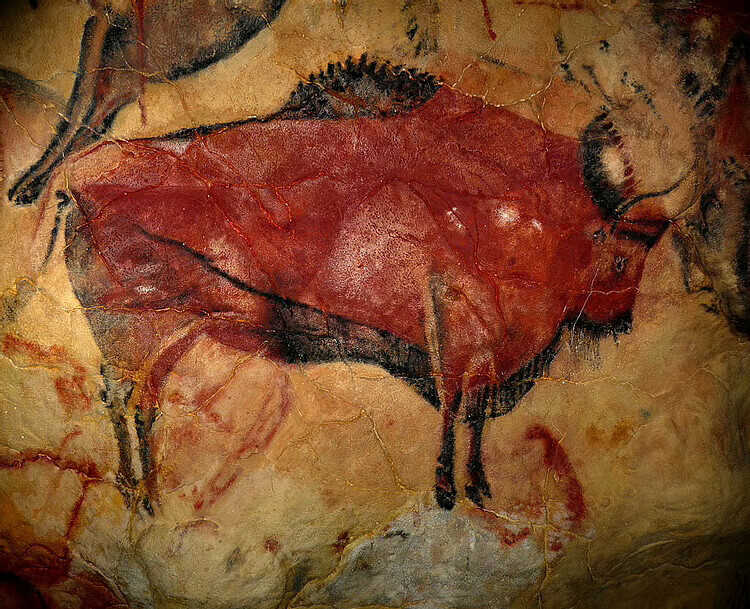
The Altamira Cave is a fascinating example of how archaeology and anthropology come together to portray a beautiful story. The cave in Spain features prehistoric drawings of creatures and human hands, and it was the first of its kind when it was found in 1880.
The revelation revolutionized our understanding of prehistoric humans, who were previously thought to be incapable of artistic expression due to their lack of intellectual capability. The items range from 14,000 to 20,000 years ago, offering us a peek into the lifestyles of our distant forefathers and mothers.
5. Dead Sea Scrolls
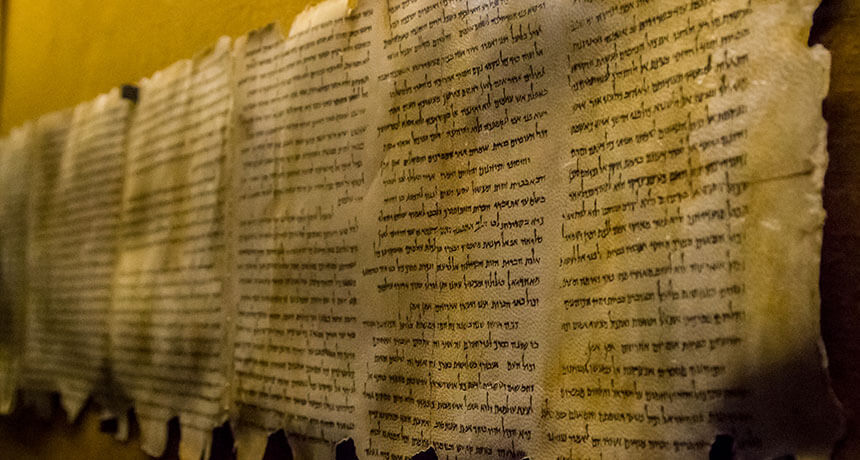
The Dead Sea Scrolls are an 800-manuscript collection discovered in 11 caves about 2 kilometers inland from the Dead Sea, at Khirbet Qumran, an ancient West Bank village.
The texts originate from 700 years before the birth of Jesus Christ and are among the earliest known Hebrew biblical literature. They’ve given biblical translators invaluable insight into what the Bible was like 2,000 years ago and how it was put together throughout time by various persons.
6. Easter Island Moai
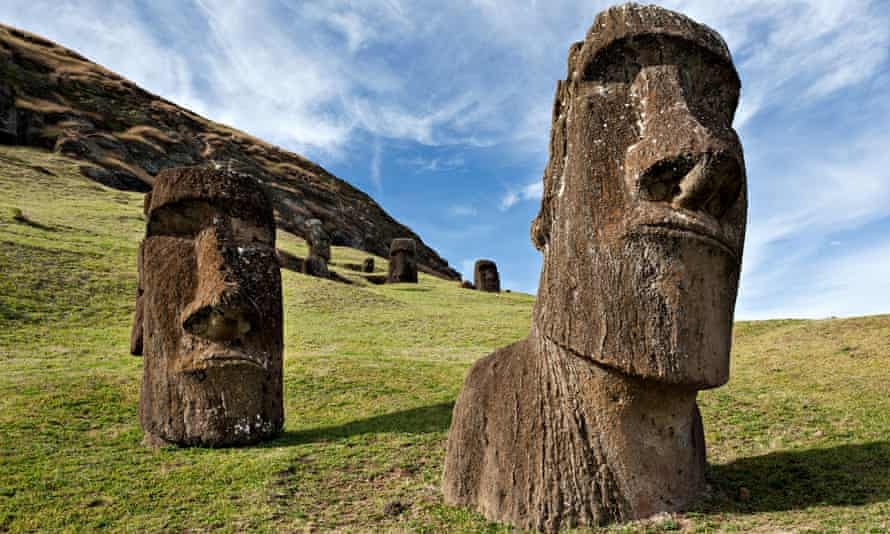
Easter Island, a Chilean Polynesian island in the Pacific Ocean, has 887 enormous statues, according to archaeologists. The Moai statues, which date from between 1250 and 1500, are magnificent monuments to the Rapa Nui people.
What fascinates me about the Moai is the wonder of transportation they must have to get across the island. The Rapa Nui people tell stories of how they harnessed heavenly power to make the sculptures walk.
7. Angkor Wat
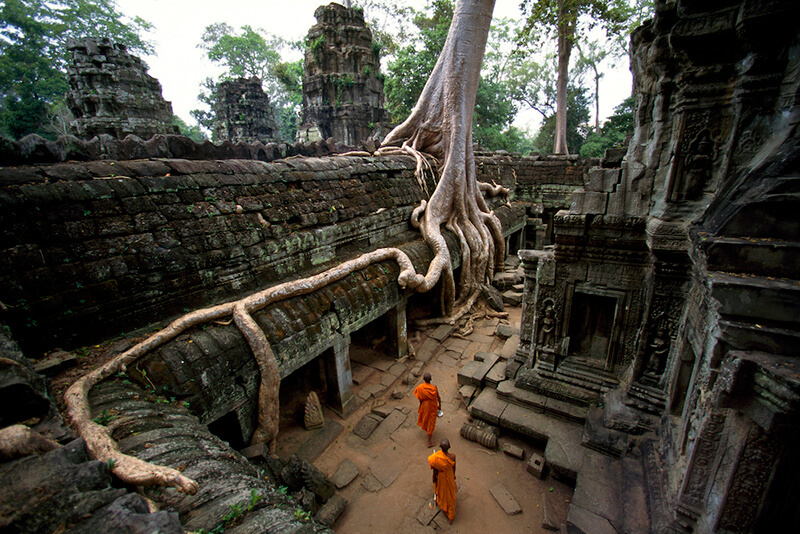
According to the BBC, the works of French naturalist Henri Mouhot in the mid-nineteenth century inspired a slew of archeologists to travel to Cambodia to study more about the once-sprawling city of Angkor Wat. The huge Buddhist temple complex is a source of Cambodian national pride and is regarded one of the world’s largest religious monuments.
8. The Acropolis of Athens
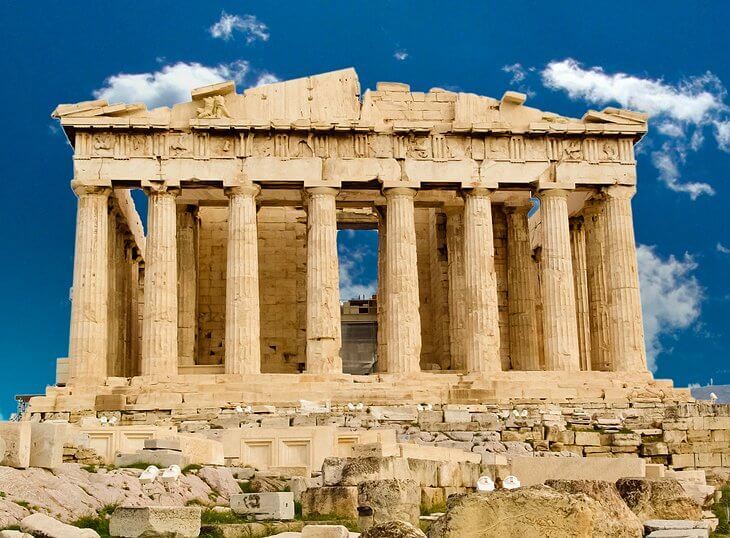
While Greece is full of amazing archeological sites, none is more famous than Athens’ Acropolis. The site dates back to the Bronze Age and was built over thousands of years. Around the turn of the century, researchers began rehabilitating and protecting the site. According to UNESCO, the Acropolis of Athens is now regarded as a world symbol “of the classical spirit and civilization.”
9. Nazca Lines

Flying above Peru’s Nazca Desert, you’ll notice massive geoglyphs that seem like animals and plants. The archeological discoveries, known as the Nazca Lines, dates back between 1,500 and 2,500 years. The first researcher to perform an in-depth investigation of the Nazca Lines, whose function is still unknown, is American historian Paul Kosok.
10 Machu Picchu

In 1911, the “lost” Inca citadel of Machu Picchu was rediscovered in Peru by explorer Hiram Bingham. The well-preserved archeological complex, which was built in the mid-1400s, provides historians with a glimpse of the Inca Empire’s technological capabilities at its peak. The cave graves and terraced platforms also provide insight into how people lived in this area on a daily basis.
I hope you enjoy Top 10 Greatest and shocking Archaeological Discoveries of All Time. If so, share this with your friend for them to be amazed and subscribe to our newsletter, and receive our weekly digest. 🙂

The 1814 London beer flood
In 1814, there was a beer flood in London when a tank containing more than 300,000 gallons ruptured in which 8 people drowned.

Nearest Green, America's first known Black master distiller
Nathan "Nearest" Green was an African-American head stiller who is now more frequently referred to as a master distiller. He was renowned for imparting his distilling knowledge to Jack Daniel, the creator of Jack Daniel's Tennessee whiskey distiller, after Jack Daniel was freed from slavery following the American Civil War.

Man's Blood Helped Save Millions of Babies
Australian blood donor James Harrison has been one of our most impressive and valued donors, having donated for 60 years. Know his story, how he was a pioneer of our Anti-D program, and why this matters.

Archaeologists Uncover 2,000-Year-Old Amazonian Cities Using Lidar Technology
Deep in the Ecuadorian Amazon, archaeologists have uncovered an ancient network of urban settlements once inhabited by the Upano people about 2,000 years ago. Using cutting-edge lidar technology, these discoveries reveal a highly organized society featuring sophisticated agricultural systems, drainage canals, and extensive road networks. This transformative find challenges long-held assumptions about ancient Amazonian societies and sheds light on a complex civilization thriving in one of the world’s most biodiverse regions.

8 Interesting Facts About The Unsinkable Ship, TITANIC
If you ask your friends what's the most famous ship in history the answer in most cases will be the same, of course the legendary Titanic. Its history is full of mysteries, at first it was a source of hope and national pride as well as proof of the triumphs of mankind but it soon became a source of nostalgia and pain, the extent of which cannot be described in words.

Ea-Nasir: world's oldest written customer complaint
This clay tablet, written in cuneiform, is the oldest known written customer complaint about the delivery of poor quality copper ingots. Originally from ancient Babylon, the tablet dates back to 1750 BCE, and it was written by a customer named Nanni to a merchant named Ea-Nasir. It is currently housed in the British Museum.

New London School Explosion, Deadliest school disaster which killed almost 300 children and teachers
In 1937, a gas leak in the basement at the local school in New London, Texas caused a massive explosion which killed almost 300 children and teachers, the deadliest school disaster in US history. Adolf Hitler even sent his condolences by telegram.

Vince Coleman, a railway dispatcher, sacrificed his own life
Vince Coleman, a railway dispatcher, sacrificed his life in order to warn an incoming train of an imminent explosion. His telegraph said “Hold up the train. Ammunition ship afire in harbor making for Pier 6 and will explode. Guess this will be my last message. Good-bye, boys.” He saved 300 lives.

Top 10 most cruel medical procedures that are being used today
We are all aware that medicine has advanced dramatically over the last fifty years. There are several modern medical approaches available today, but this was not always the case. However, the past of medicine is a dark one. Medical leeches, lobotomy, vascular surgery, cranial stenosis, and even electroshock therapy are all options. These are only a couple of the cruel healing techniques that are still in use today.

Susanna Salter: The Trailblazing Story of America’s First Female Mayor
In 1887, Susanna Salter became the first female mayor in the United States, elected in Argonia, Kansas. Her nomination was initially a prank by men opposing women in politics. However, she won by a landslide and served effectively, inspiring the women’s suffrage movement and breaking barriers for women in leadership.

How did Howard Florey discover penicillin
Penicillin was discovered by Alexander Fleming, but he never attempted to turn it into an antibiotic. It wasn't until ten years later that Howard Florey discovered Fleming's obscure paper and understood the mold's potential. Up to 200 million lives may have been saved as a result of Florey's work.

The Mouth of Truth: Ancient Rome’s Legendary "Lie Detector" That Bit Off Hands
Discover the chilling legend of the Mouth of Truth (Bocca della Verità) in Ancient Rome—a massive carved stone face believed to bite off the hand of anyone who lied while inserting their hand into its gaping mouth. Uncover the truth behind its eerie reputation and how this ancient artifact became a symbol of honesty and fear.

Nuclear bomb accidentally dropped on North Carolina in 196
4 January 1961: The 4241st Strategic Wing's Boeing B-52G-95-BW Stratofortress, serial number 58-0187, was on a 24-hour airborne alert mission off the United States' Atlantic Coast.

Roller Coasters were First Invented to Distract People from sin
Roller coasters were invented to distract Americans from sin. In the 1880s, hosiery businessman LaMarcus Thompson didn’t like that Americans were going to places like saloons and brothels and created the first roller coaster on Coney Island to persuade them to go there instead.

Thomas Baker's heroic act that earned him the "Medal of Honor" was 8 bullets until death
Thomas Baker instructed his team to leave him with a pistol and eight bullets propped up against a tree after he was injured. Later, American troops discovered the now-deceased Baker in the same location, lying next to eight dead Japanese soldiers and carrying an empty pistol.

The unbroken seal on King Tutankhamun's tomb until 1922
The unbroken seal of Tutankhamun's tomb before it was opened in 1923, it was unbroken for over 3000 years.

Xin Zhui And The Story Of The Stunningly Intact Lady Dai Mummy
A 2,000-year-old mummy of a Chinese woman, Xin Zhui, also known as “Lady Dai,” was preserved in 21 gallons of an “unknown liquid.” With her original hair, organs, eyebrows, and eyelashes intact, the mummy still has blood in her veins. Her skin and ligaments are soft and as flexible as that of a living person.

Blanche Monnier: Imprisoned For 25 Years For Falling in Love
Blanche Monnier, she was a French woman noted for her beauty, she wished to marry an old lawyer that her mother disapproved of, so she locked her in a small dark room in her attic for 25 years.

Moondyne Joe: The story of Australia's most notorious prison escapee
A man named Joseph Bolitho Johns (A.K.A Moondyne Joe) broke out of Australian prisons so many times that the police were compelled to build a special cell just for him. He escaped from that as well.

Ancient Jericho: The First Walled City In History
The ancient city of Jericho is the world's oldest walled city, with evidence of stone fortifications dating back nearly 9000 years.

Remembering the 1945 Empire State Building Disaster: When a Plane Met Skyscraper
An airplane crashed into the Empire State Building in 1945. Among other damage, plane parts severed the cables of an elevator and the woman inside fell over 70 stories. She lived and holds the world record for the longest survived elevator fall.

The Littlest Skyscraper: How J.D. McMahon’s 480-Inch Con Fooled Investors in 1919
In 1919, J.D. McMahon convinced investors to fund a 480-foot skyscraper, but he labeled the plans as 480 inches, building a 40-foot structure instead. After taking $200,000, he won in court since the plans matched what he built.

Atomic Tourism: In the 1950s, nuclear tests in Las Vegas served as a draw for tourists
Between 1950 and 1960, Las Vegas offered “Atomic Tourism” in which guests could watch atomic bombs being tested in the desert as a form of entertainment.

Terry Fox, a 21-year-old one-legged cancer patient who ran 143 days before dying
Terry Fox was a 21-year-old one-legged cancer patient who ran 3,339 miles across Canada in 143 days before dying.

Titanoboa cerrejonensis, fossils of the world’s largest species of snake
In 2009 in a coal mine of Columbia, scientists discovered fossils of the world’s largest species of snake. The species is called “Titanoboa cerrejonensis,“and it is from around 60 million years ago. It would have had measured about 48 feet long and weighed about 2,500 pounds


